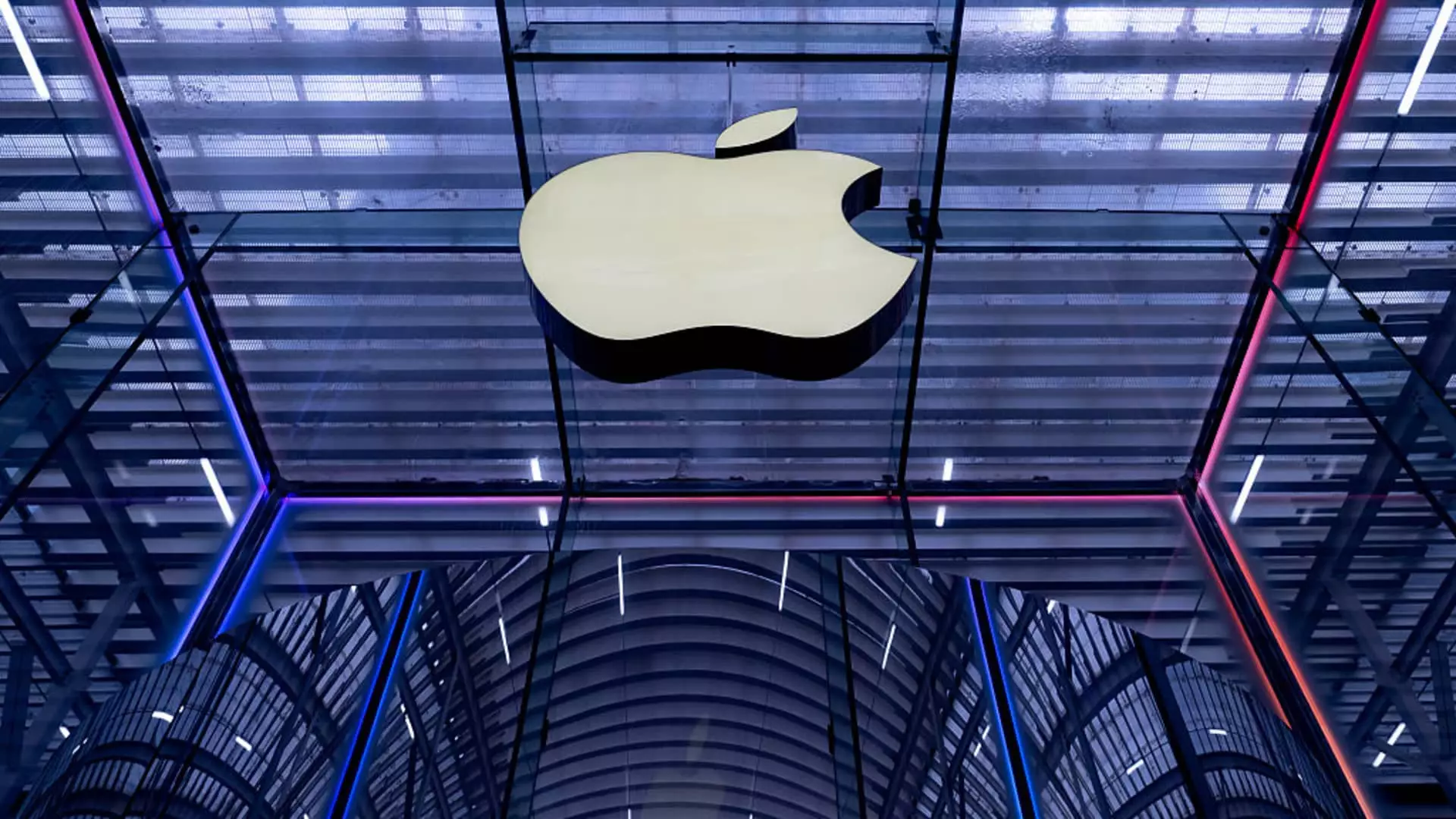Apple’s reliance on Chinese manufacturing has long been a cornerstone of its global strategy, but current geopolitical tensions and rising tariffs threaten to undermine this stability. While Apple has taken proactive steps—such as establishing a manufacturing presence in India and Vietnam—it’s increasingly evident that these are temporary fixates rather than sustainable solutions. The recent surge in U.S.-China trade war rhetoric and looming tariffs cast doubt on whether Apple can diversify its production without sacrificing profit margins and product affordability. As political pressures mount, the prospect of more expensive, U.S.-made iPhones becomes a stark reality, forcing consumers and investors alike to grapple with potential price hikes in the thousands of dollars. Such costs may dramatically curtail demand, especially in key markets like China and the United States, which form the backbone of Apple’s revenue.
The danger is not only economic but also strategic. Apple’s supply chain is becoming a geopolitical liability—more susceptible to disruption and politicization. The company’s attempts at localization, exemplified by its Detroit manufacturing academy and increased sourcing from India, are commendable but insufficient for long-term resilience. These moves serve as band-aids rather than cures. Without a fundamentally diversified and politically insulated supply chain, Apple risks exposing its growth trajectory to unpredictable global tensions. The core question is whether Apple’s current strategies are enough to prevent or mitigate another major disruption, or if complacency will leave it vulnerable to the kind of supply chain shock that could permanently undermine its market dominance.
Market Dynamics: Will Apple Adapt or Collapse?
Analysts like Tim Long predict a challenging outlook for Apple in the coming months, citing a sluggish macroeconomic environment and a lack of compelling new features. This analysis is not far-fetched. The smartphone market has matured, with few groundbreaking innovations to excite consumers, and Apple’s flagship devices seem increasingly reliant on incremental upgrades rather than revolutionary leaps. Add to this the intense competition from Asian manufacturers and the emerging dominance of Indian and Vietnamese production centers—yet another sign that Apple must adapt quickly or risk losing its edge.
The stock’s underperformance—down more than 16% year-to-date—underscores investor skepticism. The company’s valuation seems disconnected from the reality of a volatile market, faltering growth, and geopolitical uncertainties. Apple’s refusal to fully embrace aggressive pricing or radical innovation might be a strategic error; instead of leading the market with daring breakthroughs, it appears to be retreating into a defensive posture—reducing market share in China and risking decline in other regions. As margins tighten and demand wanes, Apple’s leadership will be pressed to innovate beyond just hardware and software upgrades. They face the arduous task of balancing affordability with profitability while defending against increasingly capable competitors and manufacturing risks.
The Entertainment Gambit and Brand Athleticism
Beyond hardware, Apple’s expansion into entertainment, exemplified by hits like “Severance” and “F1: The Movie,” suggests that Apple is trying to leverage its ecosystem to maintain consumer loyalty. While these initiatives bolster the brand’s cultural relevance, they are no substitute for core product innovation. Relying heavily on entertainment content to drive hardware sales is a gambit that could backfire if market conditions worsen or if consumers perceive it as a distraction rather than a sustainable growth driver.
The renewed focus on entertainment also raises questions about Apple’s long-term product strategy. Can Apple truly pivot from being a hardware-centric company to an all-encompassing tech entertainment conglomerate without diluting its brand or alienating core consumers? The answer remains uncertain. Moreover, these entertainment ventures—although profitable in their own right—do little to address the fundamental issues of manufacturing, tariffs, and global market share erosion.
Finally, the stock’s modest performance juxtaposed against the rising tide of geopolitical and economic challenges paints a stark picture: Apple’s future is perilously balanced on a knife-edge. Its ability to adapt swiftly and strategically—rather than reactively—may determine whether it maintains its status as the quintessential tech titan or falters into obscurity under mounting pressure. The days of effortless dominance seem long gone; only rigid resilience and pioneering ingenuity can secure its future amid the chaos.

